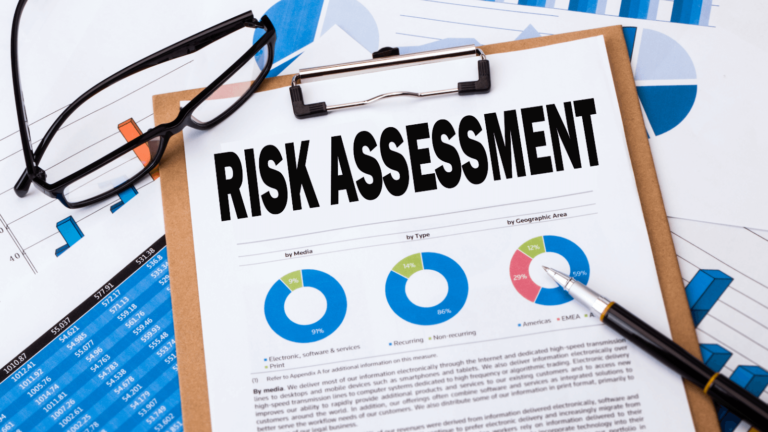Did you know that poor risk assessments contribute to approximately one-third of reported workplace incidents each year? This guide walks HR managers, business owners, and compliance officers through a clear four-step risk assessment process. Ensuring workplace safety isn’t just mandatory—it can reduce downtime, insurance costs, and even lift employee morale.
What Is a Risk Assessment?
A risk assessment identifies hazards, estimates their potential impact, and outlines controls to protect your team and operations. In many jurisdictions, regular risk assessments are legally mandated. Compliance helps safeguard against penalties and reinforces workplace trust.
Why Risk Assessments Matter for Your Business
Legal Compliance: Helps meet health & safety regulations and avoid fines.
Financial Protection: Prevents accidents that lead to costly claims.
Reputation & Morale: Demonstrates care for employee wellbeing.
Step-by-Step Risk Assessment Process
Identify Hazards
- Conduct walkthroughs, consult staff, review past incidents.
Determine Who Might Be Harmed
- Include employees, contractors, visitors, and vulnerable groups.
Evaluate Risks & Record Findings
- Assess risk likelihood and severity; document in a template.
Implement Controls & Review
- Apply corrective actions, set review dates, and monitor effectiveness.
Common Pitfalls to Avoid
Skipping Staff Input: Frontline insights are invaluable.
Outdated Templates: Jargon-heavy or generic forms don’t work.
No Follow-Up: A one-off assessment is not enough—plan for regular reviews.
FAQs
Q: How often should risk assessments be updated?
A: At least annually—or sooner if processes, equipment, or premises change.
Q: Can a consultant do it?
A: Yes—but combining external expertise with internal knowledge delivers the best outcomes.
You’ve now got a solid framework to assess and mitigate workplace risks confidently.

Leave a Reply